
CONTACTAbout UsCAREER OPPORTUNITIESADVERTISE WITH USPRIVACY POLICYPRIVACY PREFERENCESTERMS OF USELEGAL NOTICE
© 2025 Equal Entertainment LLC.
All Rights reserved
All Rights reserved
By continuing to use our site, you agree to our Privacy Policy and Terms of Use.
We need your help
Your support makes The Advocate's original LGBTQ+ reporting possible. Become a member today to help us continue this work.
Your support makes The Advocate's original LGBTQ+ reporting possible. Become a member today to help us continue this work.
The best laid plans.... When Bill Clinton campaigned for president in 1992, he promised to end the military's ban on gay and lesbian soldiers. As everyone knows, that didn't happen and instead for nearly 20 years we've lived with "don't ask, don't tell" -- a shabby compromise that managed to actually accelerate discharges instead of reduce them.
Unlike when President Obama worked to unravel DADT, President Clinton encountered a military and Congress much more resistant to the idea of openly gay men and women serving. When Clinton initiated congressional hearings to end the ban in 1993, former Georgia senator Sam Nunn headed the Senate Committee on Armed Services. Nunn was dead-set against letting gays serve openly, but was more open to gays pretending to not be gay. (Carl Levin, the Michigan senator who now heads up the committee, was much more amenable to letting gays serve openly when Obama applied pressure.)
Realizing he couldn't get Congress or military leaders to get on board with reversing the ban, Clinton worked with military and congressional leaders to craft DADT, which was initially known as "don't ask, don't tell, don't pursue." As a testament to how endemic homophobia was at the time, Clinton said this to reporters in May 1993: "We are trying to work this out so that our country does not... appear to be endorsing a gay lifestyle."
Clinton signed DADT into law in November 1993. "The compromise [permitted] homosexuals to serve in the military so long as they remained silent about their sexual orientation, except in the most private of settings, and did not engage in homosexual acts," according to a New York Times article from November 17, 1993.
Legal challenges greeted the policy almost as soon as it was announced and by 2003, former President Clinton was calling for DADT's death. (Nunn did the same in 2008.) While Obama faced resistance in keeping his promise to kill DADT, he did have one big advantage that Clinton lacked: public sentiment. Only 27% of Americans opposed gays serving openly in the military, according to a 2010 Pew survey--an 18-percentage point drop in opposition since the same survey was conducted 16 years earlier.
Click on the following pages to see how The Advocate handled the DADT issue in 12 covers over the years.
Nbroverman
From our Sponsors
Most Popular
Bizarre Epstein files reference to Trump, Putin, and oral sex with ‘Bubba’ draws scrutiny in Congress
November 14 2025 4:08 PM
True
Jeffrey Epstein’s brother says the ‘Bubba’ mentioned in Trump oral sex email is not Bill Clinton
November 16 2025 9:15 AM
True
Watch Now: Pride Today
Latest Stories
Democratic officials sue RFK Jr. over attempt to limit gender-affirming care for trans youth
December 24 2025 4:30 PM
Heated Rivalry season 2: Everything we know so far
December 24 2025 3:30 PM
Lillian Bonsignore will be first out gay Fire Department of New York commissioner
December 23 2025 6:21 PM
The HIV response on a cliff-edge: advocacy must drive urgent action to end the epidemic
December 23 2025 2:23 PM
CECOT story pulled by Bari Weiss gets viewed anyway thanks to Canadian streaming service
December 23 2025 2:05 PM
Burkina Faso issues first sentence for 'homosexuality and related practices'
December 23 2025 2:02 PM
Transgender NSA employee files discrimination lawsuit against Trump administration
December 23 2025 12:03 PM
Billy Porter is set to make a 'full recovery' from sepsis
December 23 2025 11:54 AM
Soccer stars Rafaelle Souza and Halie Mace are engaged & the video is so adorable
December 23 2025 10:52 AM
What is 'hopecore' and how can it make life better for LGBTQ+ people?
December 23 2025 10:00 AM
Santa Speedo Run 2025: See 51 naughty pics of the festive fundraiser
December 23 2025 6:00 AM
Instructor who gave U of Oklahoma student a zero on anti-trans paper removed from teaching
December 22 2025 9:36 PM
All about the infamous CECOT prison — on which CBS's Bari Weiss pulled a story
December 22 2025 7:27 PM
Chest binder vendors respond to 'absurd' FDA warning letter: 'Clearly discrimination'
December 22 2025 3:16 PM
Gay NYC Council member Erik Bottcher drops U.S. House bid, will run for state Senate instead
December 22 2025 2:03 PM
Massachusetts removes rule requiring foster parents to support LGBTQ+ youth
December 22 2025 12:55 PM
Dave Chappelle defends Saudia Arabia set: Trans jokes 'went over very well'
December 22 2025 12:33 PM
Texas judge who refused to officiate same-sex weddings sues to overturn marriage equality
December 22 2025 11:41 AM
Trending stories
Recommended Stories for You

Neal Broverman
Neal Broverman is the Editorial Director, Print of Pride Media, publishers of The Advocate, Out, Out Traveler, and Plus, spending more than 20 years in journalism. He indulges his interest in transportation and urban planning with regular contributions to Los Angeles magazine, and his work has also appeared in the Los Angeles Times and USA Today. He lives in the City of Angels with his husband, children, and their chiweenie.
Neal Broverman is the Editorial Director, Print of Pride Media, publishers of The Advocate, Out, Out Traveler, and Plus, spending more than 20 years in journalism. He indulges his interest in transportation and urban planning with regular contributions to Los Angeles magazine, and his work has also appeared in the Los Angeles Times and USA Today. He lives in the City of Angels with his husband, children, and their chiweenie.



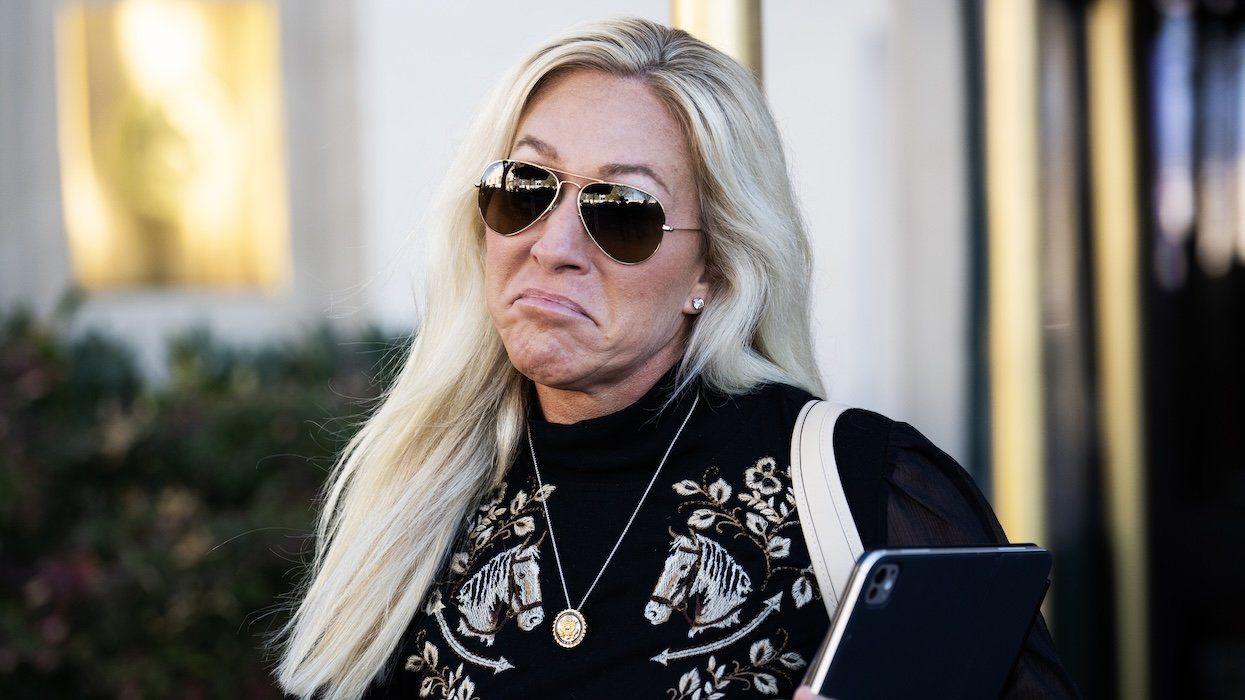



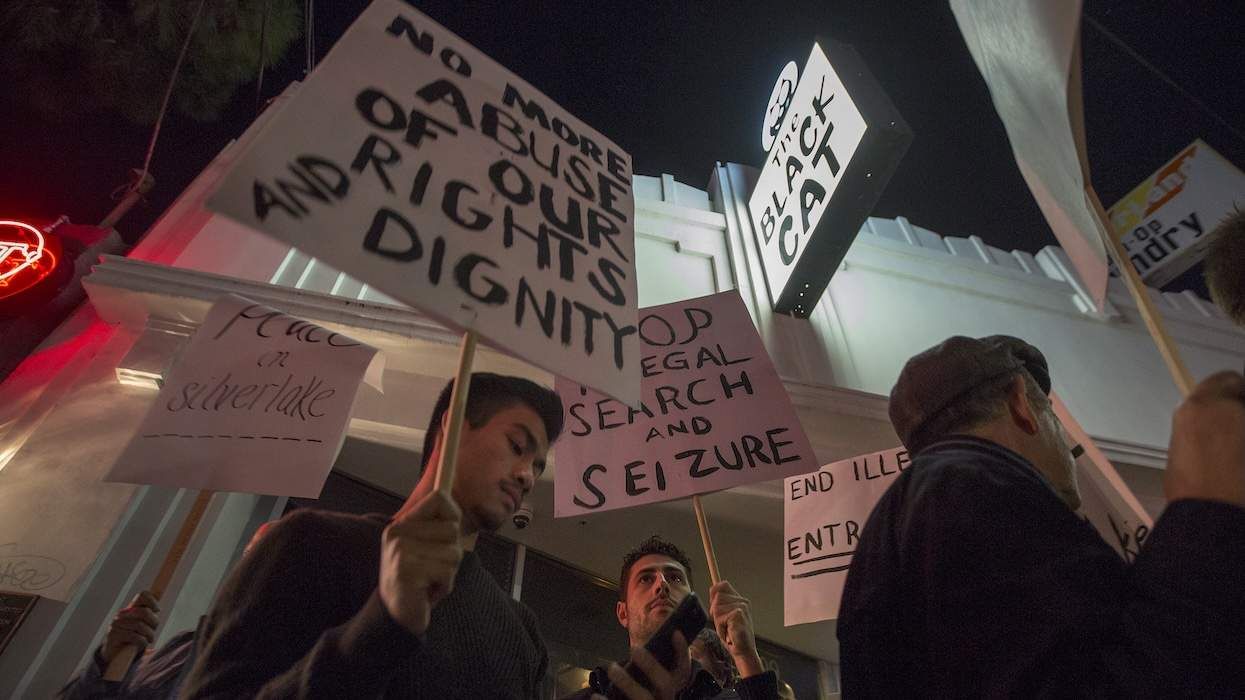
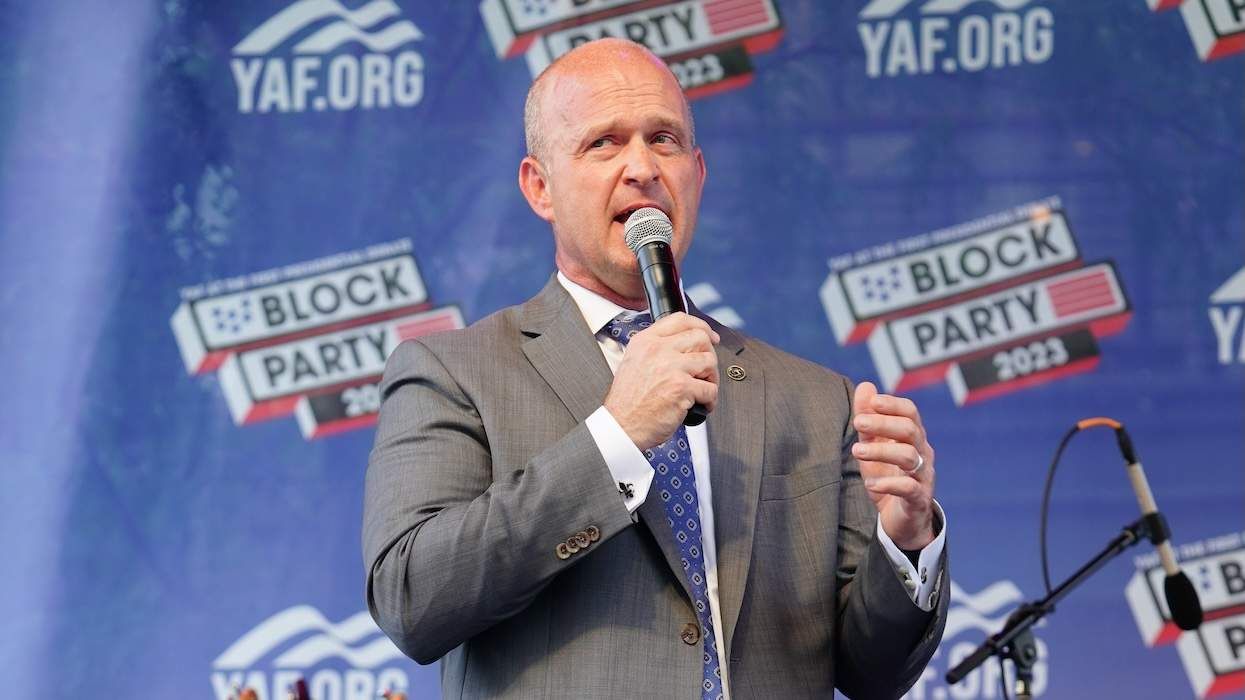



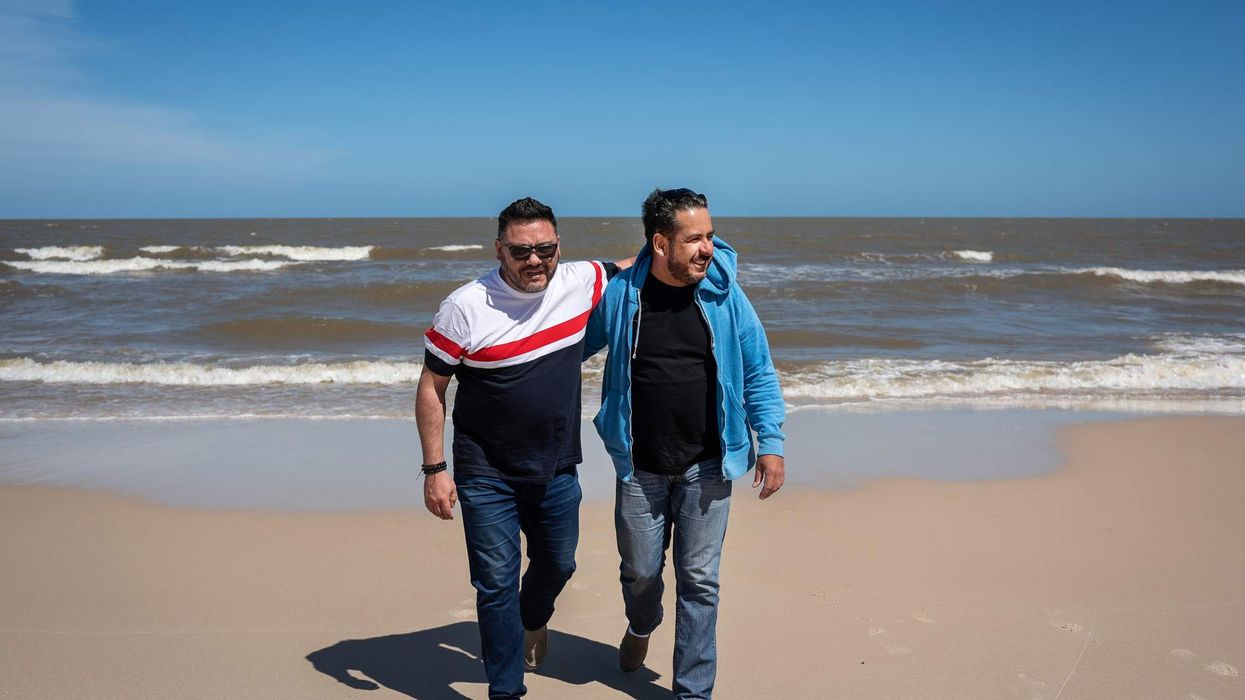


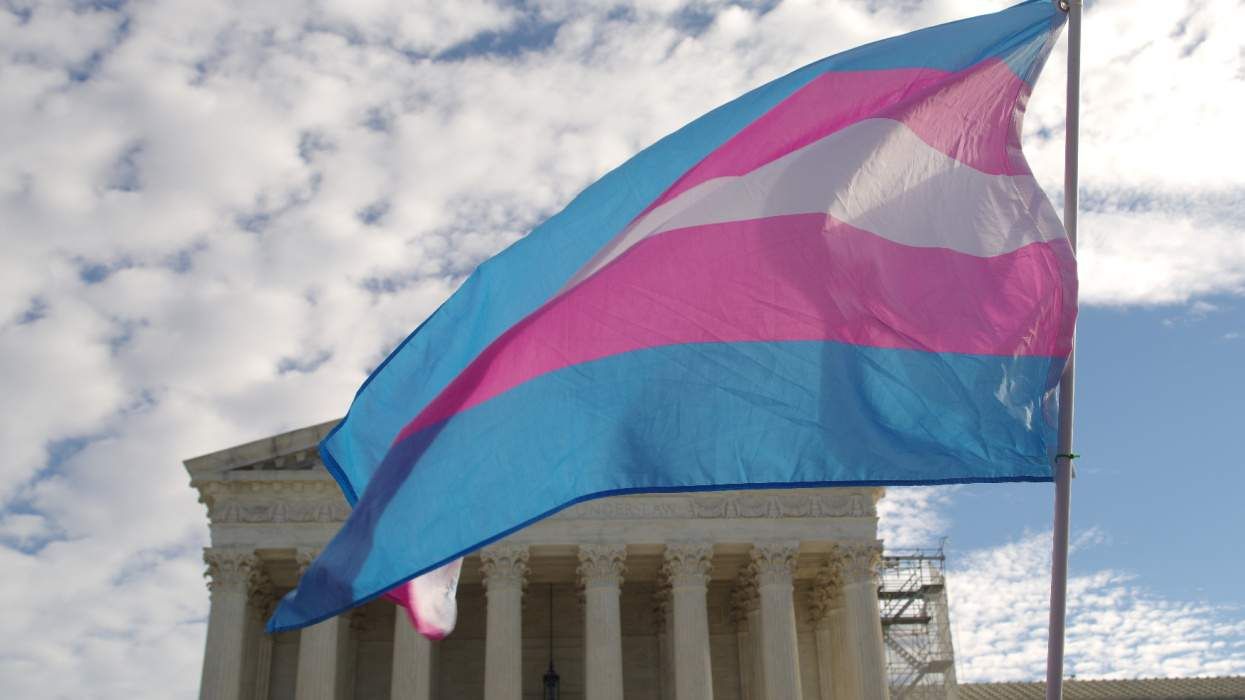









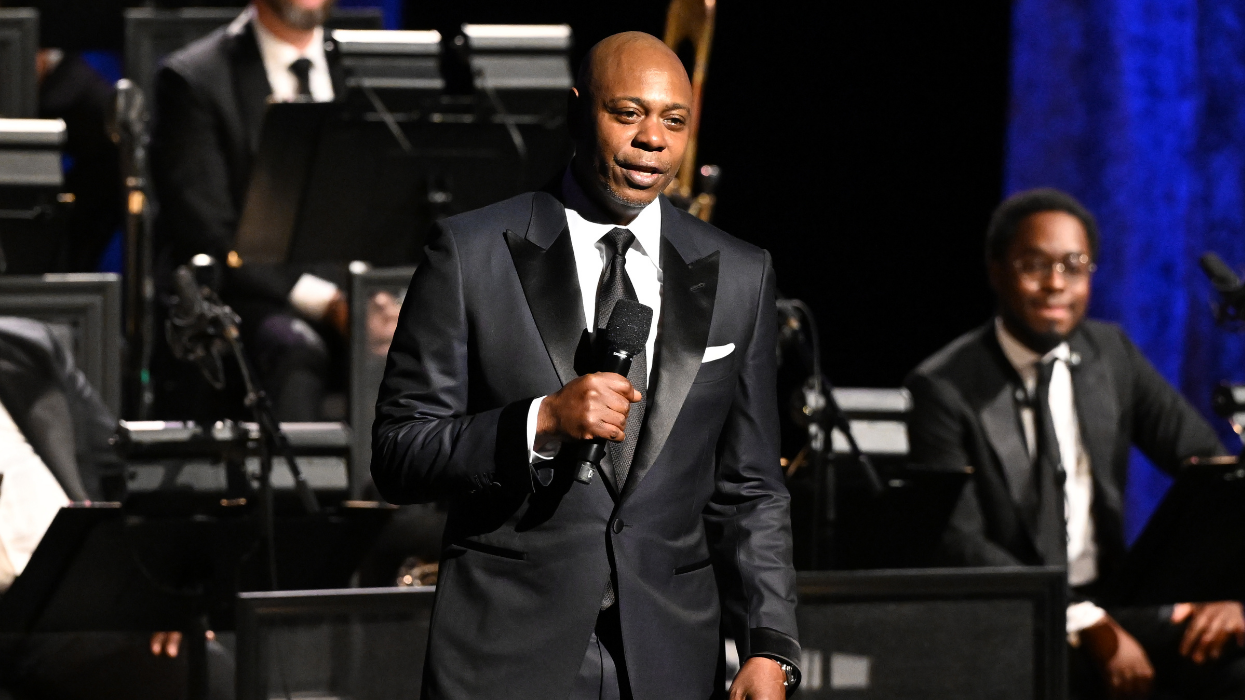
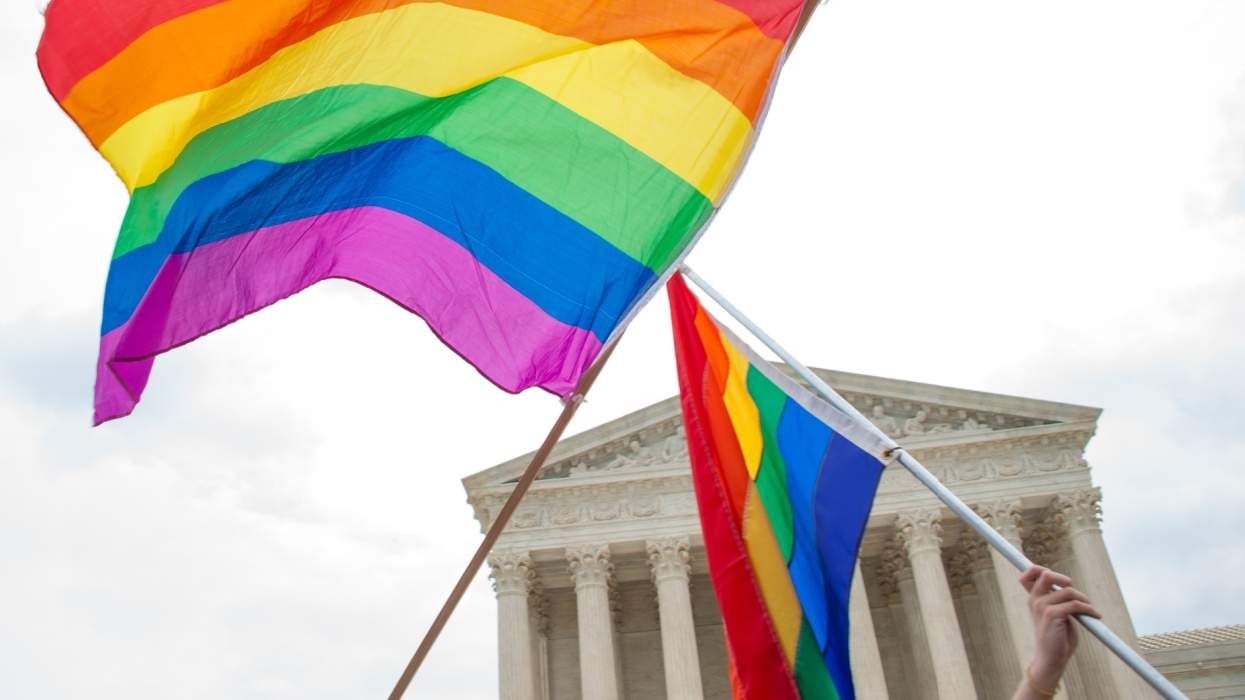

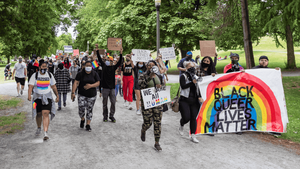




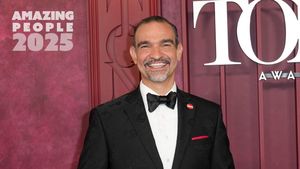



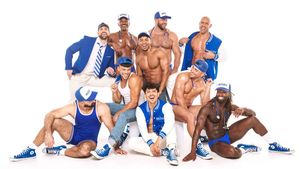











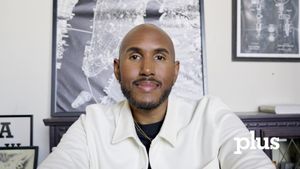
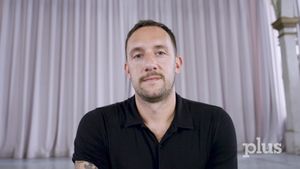

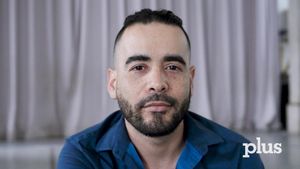














Charlie Kirk DID say stoning gay people was the 'perfect law' — and these other heinous quotes